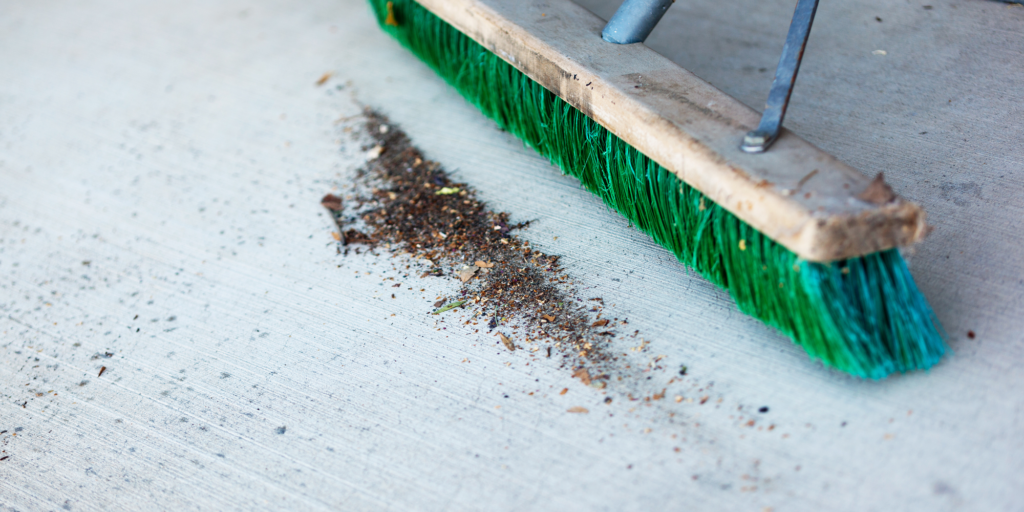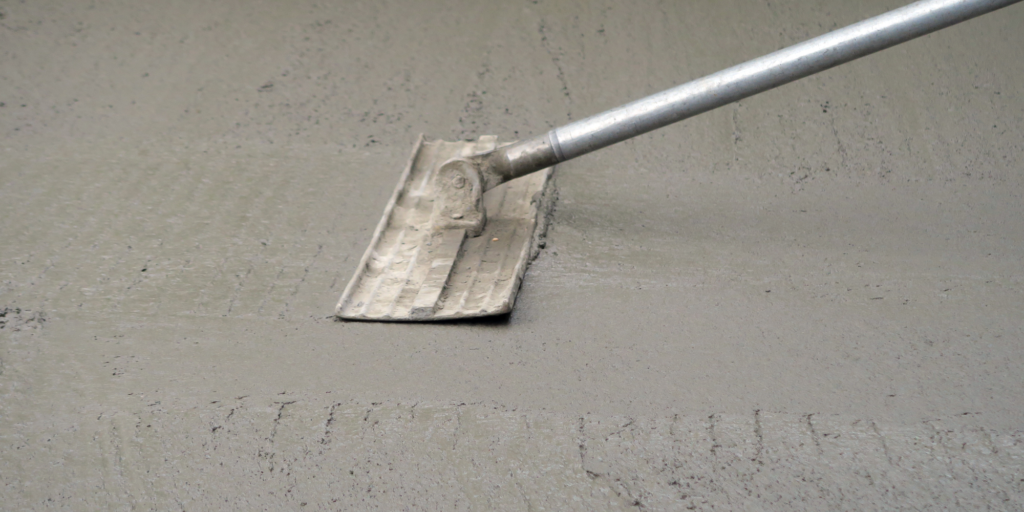Welcome to our blog post on why you should remove a concrete driveway before installing asphalt! If you’re planning driveway improvements, read this. Many homeowners are tempted to overlay asphalt onto their concrete driveways, but removing the concrete first can yield superior long-term benefits. We’ll explain why analyzing and replacing your concrete driveway with asphalt is smart.
Assessing the Condition of Your Concrete Driveway
Some important variables to consider while appraising your concrete driveway’s condition. First, check for surface cracks or damage. Cracks may seem harmless, but unchecked they can quickly grow.
Next, check your driveway’s levelness and smoothness. Uneven surfaces can cause pools after rain or snowmelt, causing water damage. Additionally, potholes and rough patches can be ugly and dangerous for motorists and pedestrians.
Check your concrete driveway’s age too. Any item over 20-30 years old has likely seen significant wear and tear.
Check how well your driveway drains water. Water buildup around your foundation can cause costly repairs, so proper drainage is essential.
By evaluating these features of your concrete driveway, you can determine if it’s time to replace it with asphalt for longer-lasting durability. Let’s see why an asphalt top may not be the greatest option!

Challenges of Overlaying Asphalt on Concrete
Overlaying asphalt on concrete is a cost-effective driveway paving option for many homeowners. This strategy may have drawbacks that should not be ignored.
Concrete quality is a key issue. Concrete driveways can crack and become uneven due to weather, heavy vehicles, or wear & tear. Laying asphalt over these irregularities will exacerbate them.
Adhesion between asphalt and concrete is another issue. Adhesives may not attach these materials permanently. Over time, asphalt and concrete can crack or separate due to their characteristics.
Adding asphalt to concrete does not fix any drainage concerns beneath the surface. Poor drainage can cause water to pool or soak into the pavement, causing degradation and costly repairs.
Your new driveway may be compromised if you overlay it without addressing structural issues like weak places or decaying concrete. Before paving, be sure the ground is solid.
Benefits of Removing the Concrete Driveway
When renovating your driveway, removing the concrete before replacing asphalt has many benefits. Concrete removal is smart for these reasons.
Removing the old concrete allows a fresh start and good asphalt installation. Remove fractures and damage in the underlying surface to prevent them from spreading to the new driveway and generating future troubles.
Concrete removal allows you to fix drainage difficulties. Concrete driveways have poor drainage, which can cause pooled water and damage. Start over with an asphalt basis to add drains or slopes.
Removing the concrete also looks better. Concrete driveways can become discolored from weathering and oil spills. Starting again with asphalt increases curb appeal and allows color and texture flexibility.
If you remove the existing driveway instead of asphalting it, it will last longer. Overlaying may look cheaper, but it won’t last as long as starting anew with new materials.
Finally, removing the concrete driveway before putting in asphalt makes future maintenance easier. No layers beneath it might crack or shift independently over time, making repairs easier and cheaper.
Steps to Removing Concrete and Preparing for Asphalt
Several actions must be taken to remove a concrete driveway and prepare it for asphalt. Gather the job’s tools and equipment first. Goggles, gloves, and a jackhammer or concrete saw may be needed.
Next, carefully break up the concrete. Start by strategically cutting the surface with your instrument. Break apart the concrete portions using controlled power. This technique must be done slowly to avoid damaging nearby structures and utilities.
You must clean and prepare the space for asphalt installation after removing all the concrete. This involves clearing the site and leveling and compacting it.
After prepping the area spread gravel or crushed stone as a base for your asphalt driveway. This stabilizes and supports the pavement.
You need an expert contractor to install your new asphalt driveway according to industry standards. They’ll have professional-grade tools and supplies for a smooth, durable finish.
Please follow these instructions carefully to remove your old concrete driveway and lay a firm foundation for your new asphalt surface.

Installing a New Asphalt Driveway
A new asphalt driveway is a great way to enhance your home’s beauty and functionality. Asphalt driveways’ clean appearance boosts curb appeal instantly. Before installing, there are a few important tasks.
Proper site preparation is essential. This involves clearing the site of concrete and rubbish. Your new asphalt surface will be even and durable if you start fresh.
Next, grade and compact the dirt. This prevents driveway water from accumulating during rainy seasons by ensuring proper drainage. This must be done correctly to avoid further damage.
Paving follows base preparation! Professional contractors use specialized equipment to apply and crush hot mix asphalt layers. Climate and predicted traffic load affect layer thickness.
Give the pavement time to cure before using it. This usually takes 24-48 hours, depending on the weather.
Staying on top of your new asphalt driveway requires frequent upkeep. Cracks should be sealed immediately and reapplied periodically to prolong their lifespan and avoid costly repairs.
A new asphalt driveway needs careful design and execution but has many aesthetic and durability benefits. Whether you’re rebuilding concrete or starting over, a well-built asphalt driveway is worth considering!
Conclusion
When rebuilding or updating your driveway, removing the concrete before laying asphalt is best. Overlaying asphalt on concrete may appear convenient and cost-effective, but it has drawbacks.
Whether your concrete driveway can support asphalt depends on its state. Cracks, unevenness, and structural concerns can shorten overlay life and performance. Eliminating the old concrete eliminates these issues and ensures a firm foundation for your new driveway.
Overlapping asphalt on concrete presents more than surface imperfections. Materials with different expansion rates can crack over time. Cracks or deterioration in the concrete will also show through the asphalt.
Eliminating your concrete driveway allows for personalization and enhancement. Starting from scratch with new asphalt gives you more control over slope, drainage, and aesthetics.
Following correct techniques might make removing a concrete driveway easier. Gaining permissions, employing proper demolition equipment, or hiring professionals assures safe disposal without damaging nearby surroundings.
After removing the old concrete and preparing the base, building a new asphalt driveway is easy. An correctly built asphalt driveaway has many advantages over rigid surfaces like concrete or stone pavers, including greater weather resistance and flexibility that accommodates ground movement without breaking.

